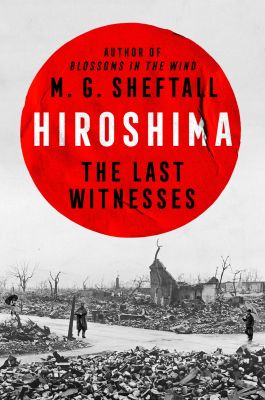In this vividly rendered historical narrative, M.G. 'Bucky' Sheftall layers the stories of�hibakusha - the Japanese word for atomic bomb survivors - in harrowing detail, to give a minute-by-minute report of August 6, 1945, in the leadup and aftermath of the world-changing bombing mission of Paul Tibbets, Enola Gay, and Little Boy. These survivors and witnesses - who now have an average age over ninety-years-old - are quite literally the last people who can still provide us with reliable and detailed testimony about life in their cities before the bombings, tell us what they experienced on the day those cities were obliterated, and give us some appreciation of what it has entailed to live with those memories and scars during the subsequent 70-plus years. Sheftall has spent years personally interviewing survivors who lived well into the twenty-first century, allowing him to construct portraits of what Hiroshima was like before the bomb, and how catastrophically its citizens' lives changed in the seconds, minutes, days, weeks, months, and years afterwards. He stands out among historians due to his fluency in spoken and written Japanese, and his longtime immersion in Japanese society that has allowed him, a white American, the unheard-of access to these atomic bomb survivors in the waning years of their lives. Their trust of him is evident in the personal and traumatic depths he reaches in recording their stories. The horrors this book details are impossible to look away from, and that is, of course, the point.�Hiroshima�will serve as cautionary tales about the dangers of nuclear weapons and remind a modern reader of the human travesty of atomic warfare.

